Infrastructure & Technologies
Electrical Connectors for Overhead Lines
Coping with Extreme Weather Events
Infrastructure & Technologies
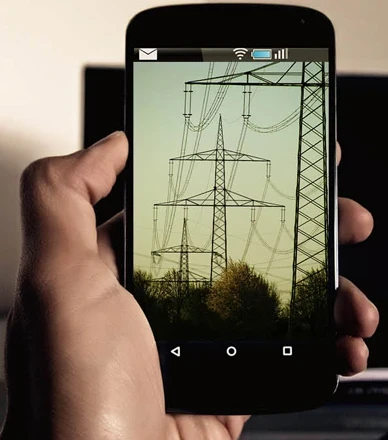
Smart Grid Software & Apps
Utilities worldwide are adopting innovative technology to embrace the potential of the Smart Grid while conquering a myriad of new challenges posed by it, and by a new host of financial and regulatory challenges.
In order to take advantage of the opportunities presented, while at the same time, tackling the challenges head-on, today’s utilities require innovative and robust tools for operating and managing its operational technology.
Furthermore, today’s best software applications—shouldering such tasks as...
Related Articles
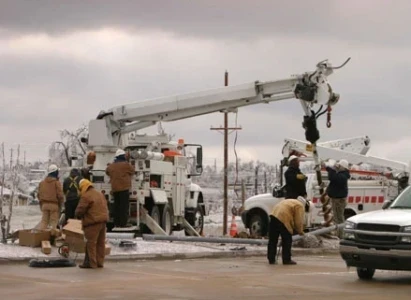
Coping with Extreme Weather Events
How to optimize the entire outage lifecycle BY RICK NICHOLSON, Ventyx The extreme weather just keeps coming. In 2012, there were 11 outages due to severe weather costing at least $1 billion. The year of 2013 had its share as well. More and more, the scale and variety of such major events are...
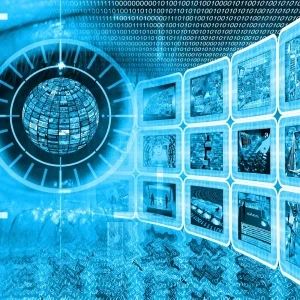
Mission: Critical - The pros and cons of diesel rotary versus static systems
Mission critical facilities are broadly defined as containing any operation that, if interrupted, will cause a negative impact on business activities, ranging from losing revenue to jeopardizing legal conformity to (in extreme cases) loss of life. Data centers, call centers, hospitals,...

Q&A: Transmission Line Inspection Using Robotics
A: Hydro-Québec’s power transmission system, the most extensive in North America, covers close to 34,000 km. Similar to many power utilities, we need thorough infrastructure inspections to ensure system reliability, availability, and performance.Therefore, we have, developed robotic...
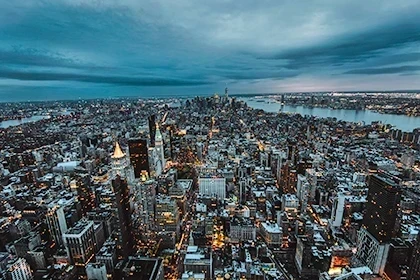
Making the World More Sustainable
Smart grid is an idea of upgradation of the traditional electric grid infrastructure. The efficiency of the existing electrical grid can be automated by integrating with innovative technical equipment such as: high-tech forecasting system, digital sensors, advanced two-way communication...
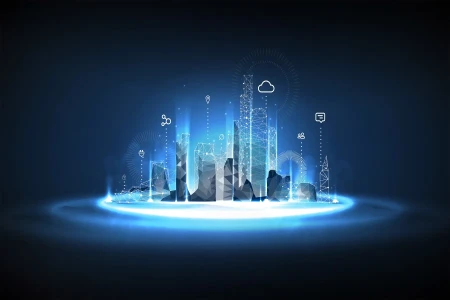
Smart Substations and Their Role in the Evolving Smart Grid
The power industry is undergoing a profound transformation driven by grid modernization, renewable integration, and increasing demands for resilience and efficiency. At the heart of this evolution lies the smart substation—a next-generation facility equipped with advanced sensors, digital...

Duke Energy Florida Adds 300 MW with Four New Solar Projects
Duke Energy Florida has announced plans to build four new utility-scale solar energy facilities across the state, aimed at adding 300 megawatts (MW) of renewable energy to the grid. This expansion is part of the company’s broader strategy to increase its solar generation capacity and...

DOE Prioritizes Baseload Generation
In a strategic move to tackle the growing electricity demand and bolster energy security, the U.S. Department of Energy (DOE), under Secretary Chris Wright, has announced plans to focus on expanding baseload and dispatchable power generation. This shift in priorities, outlined on January 5, 2025,...

FERC Complaint Targets Duke, PJM Transmission Planning
A coalition of large energy consumers and ratepayer advocates has filed a complaint with the Federal Energy Regulatory Commission (FERC), urging the agency to prohibit transmission owners from independently planning "local" transmission projects exceeding 100 kilovolts (kV). The coalition argues...

Virtual Power Plants (Vpp) And Smart Grids: Integrating Renewable Energy For A Sustainable Future
The rapid shift toward renewable energy resources (RERs) has placed significant demands on traditional power systems. To address these challenges, modern energy infrastructure is evolving into smart grids, leveraging advanced technologies like Virtual Power Plants (VPPs) to enhance grid...

Louisiana Industries Push for Faster Renewable Energy Transition
Louisiana, known for its robust oil and gas industry, is experiencing a significant shift as some of its largest industries express frustration over delays in the state’s renewable energy transition. These major players are pushing for accelerated development and implementation of renewable...
